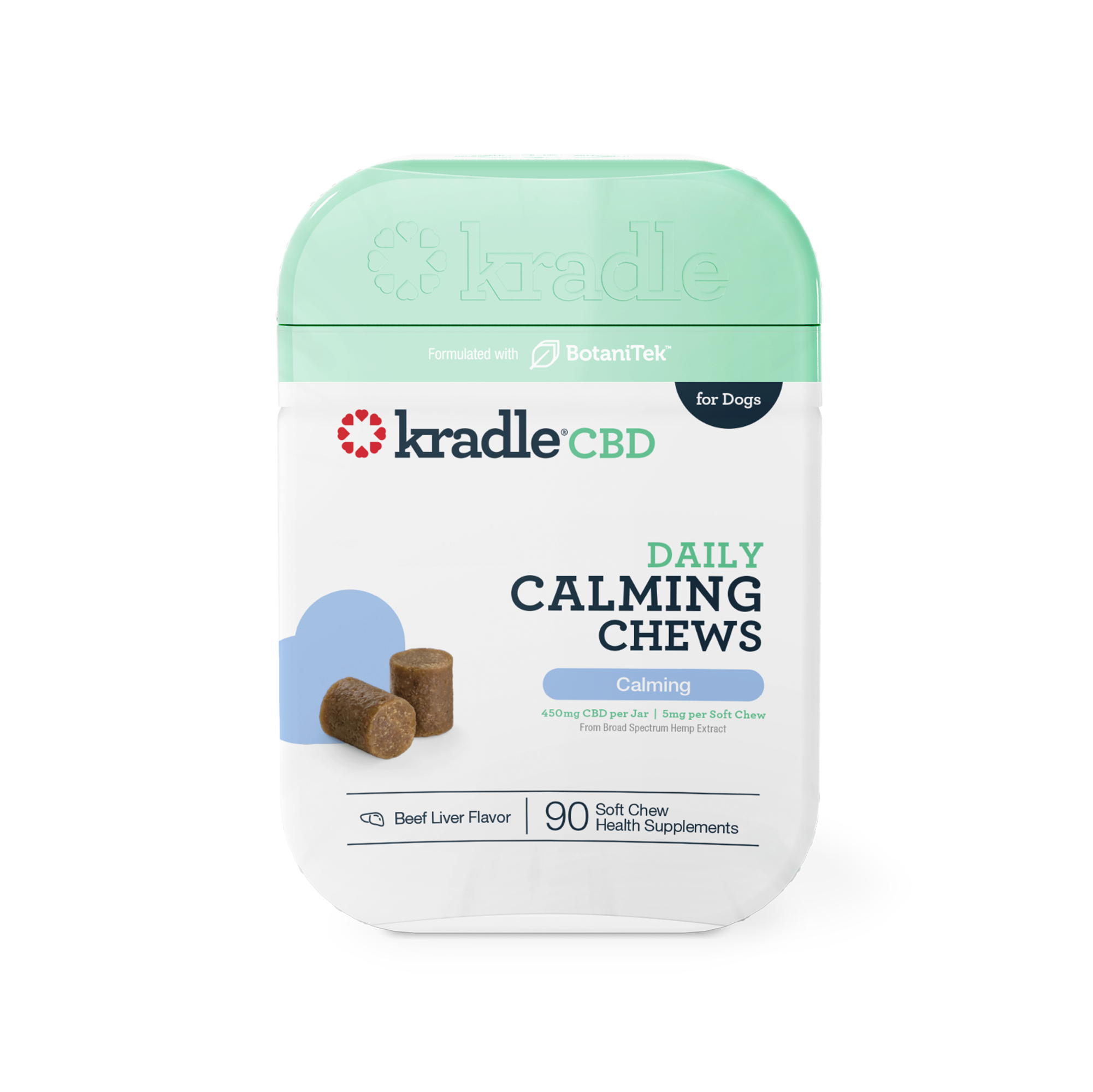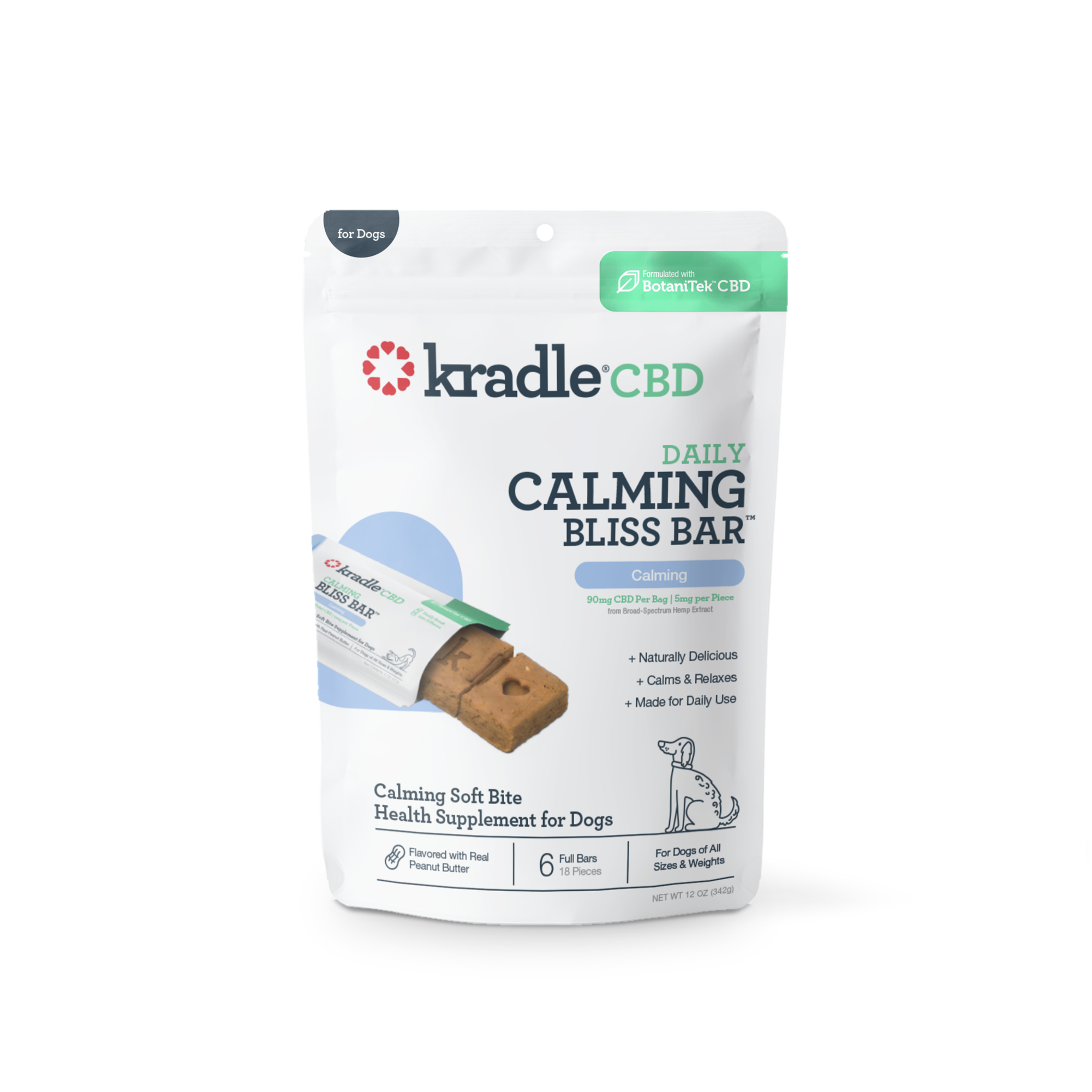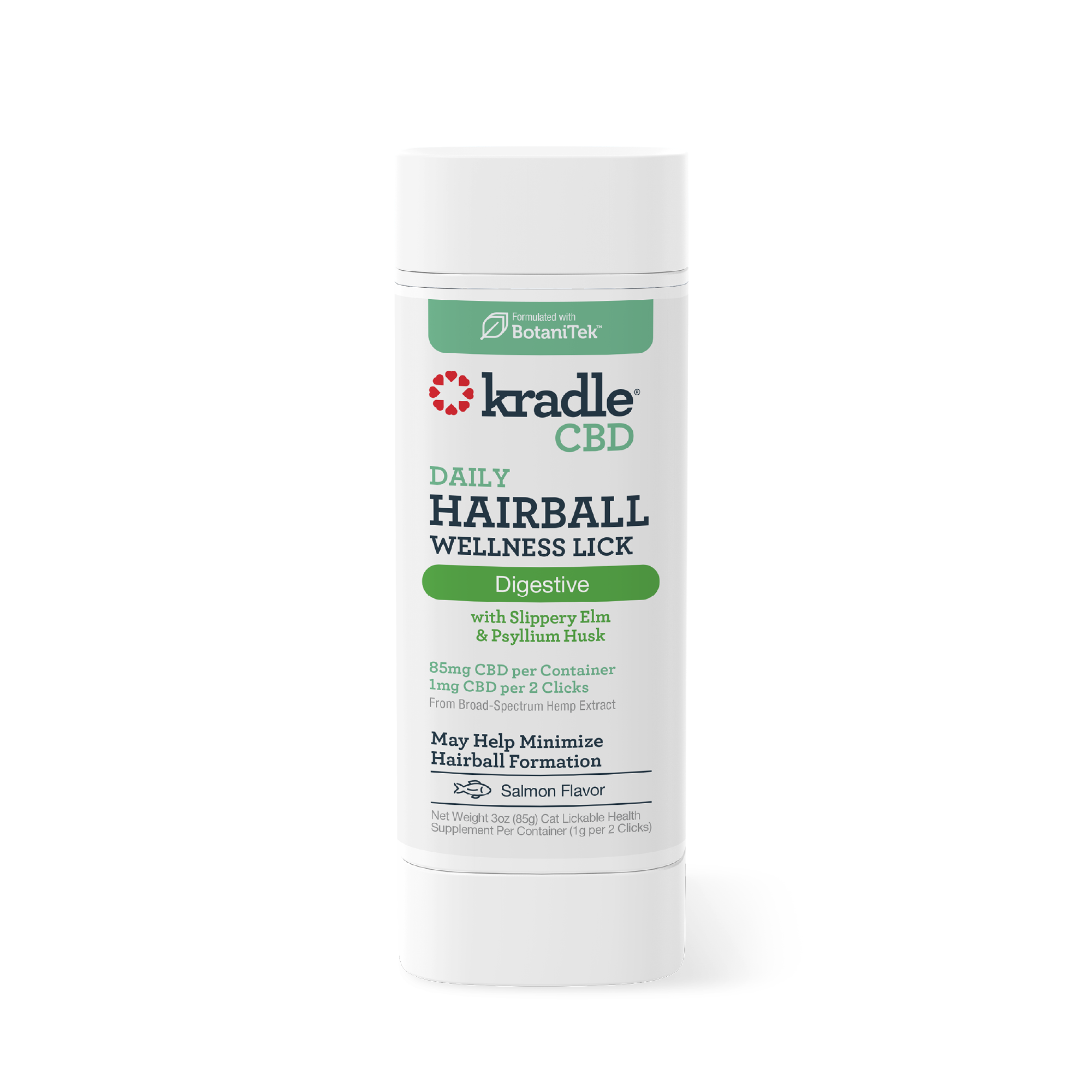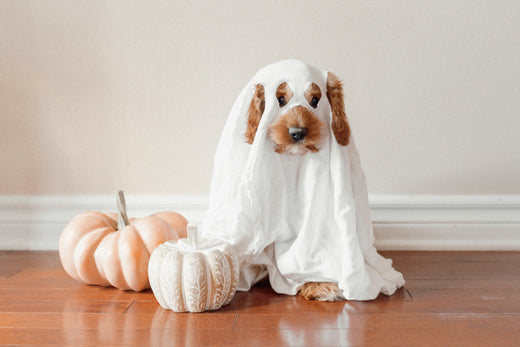
14 Simple Ways to Mentally Stimulate Your Dog When the Kids Go Back to School
As members of the family, pets are also impacted by the return to school because their routines are changed and they don’t understand why. The second the backpacks zip and the bus pulls away, everything just shifts. The house feels too quiet. And for your dog? The silence doesn’t really soothe them—it unsettles. One moment they're with their favorite people, the next they’re alone, not sure why everything suddenly feels so empty.
You might see them pace, whimper quietly, or chew something odd. They’re not misbehaving. They’re just confused and uneasy. Dogs lose their sense of rhythm when routine disappears. They’re looking for something familiar, something comforting. And watching them try to figure it out? That honestly hits you right in the heart.
Confused how to mentally stimulate your dog? Here’s the good news—you don’t need a complicated plan to help. A little mental stimulation goes a long way. It gives your dog something to focus on, something that makes them feel okay again. It’s not about doing more. It’s about giving them what they need when the house gets too quiet.
What is Mental Stimulation?

Mental stimulation is anything that gets your dog thinking. It might be a treat puzzle or a scent game out in the yard. What really matters is that it lights up their brain and feels like fun. If you’re wondering how to mentally stimulate your dog, start with what they already enjoy and build from there.
When dogs don’t have enough to keep their minds busy, they start to feel it. You might see them chewing the corner of a chair or pacing for no reason. They’re not being bad—they’re just scattered. Like they’re lost in their own home, unsure what to do. Really, they’re just doing their best to cope.
Something like the CBD All Day Calming Bone can really help. It’s not a cure-all, but it gives your dog something gentle to focus on. A bit of calm, a small pause when things feel overwhelming.
It’s a gentle place to begin. And sometimes, starting small is all it takes to help them feel a little more okay. Notice what lights them up. That’s where the real magic begins. Some breeds love puzzles, others prefer scent games. When you find what works, even ten minutes a day can shift their mood for the better.
Why Dogs Get Separation Anxiety
Some dogs don’t handle alone time well. You open the door to chaos—howling, shredded cushions, maybe a little mess on the floor. It’s not bad behavior; it’s stress and separation anxiety. Watching them rage like that hurts. And it’s not just young dogs. Older ones, especially the deeply attached types, can struggle just as much when the house goes quiet.
Dogs can feel uneasy when left alone; there’s no single reason why. Age plays a big role, especially for young pups still trying to understand the world. Everything feels new to them. They find comfort in their people more than anything else. That connection helps them feel safe and less overwhelmed.
If puppies joined the family during a stretch when everyone was home—like spring or summer—that steady, full house became their normal. So when routines shift, like when school starts and things quiet down, they might feel uneasy. They’re not acting out. They’re just not sure how to handle being alone yet.
Senior dogs might feel uneasy when school schedules suddenly change how their day goes. They’ve gotten used to a certain pace—meals at regular times, familiar nap hours, some play here and there. When all of that shifts too quickly, it can leave them feeling out of step. If the return to school means adjustments in the summer routine, dogs may become anxious while they get acclimated.
Benefits of Mental Stimulation
Dogs need more than physical play to feel balanced. When their minds stay active at home, they’re less anxious, more confident, and feel more settled in their space. It also helps deepen your bond. Some of the biggest benefits include:
-
Lower anxiety levels
-
Better focus and responsiveness to training
-
Less destructive habits
-
A happier, more content pet
Many pet parents wonder how to make a dog happy when the family’s routine changes. One answer is this: keep their mind working, just like you would their body.
You don’t need expensive toys or over-the-top games. Just giving your dog a few extra minutes to sniff outside or showing them a new trick with some treats and patience—it makes a difference. Those little moments tell your dog they matter, and they remember that.
How to Mentally Stimulate Your Dog
Engaging Your Dog’s Natural Instincts (Scent Work)
Dogs understand so many things through scent. Using their nose isn’t just fun—it’s one of the best ways to keep them curious and happy.
The "Find It" Game
Hide a treat while your dog waits in another room. Then tell them to “Find it!” This fun, low-effort game builds confidence and gives your dog a mental workout.
Interactive Hide-and-Seek
Toss their favorite toy or chew under the couch, behind a pillow, or into a snuffle mat. Let them sniff it out. It’s like a small adventure for them.
The "Sniffari" Walk
Rather than a power walk, slow down and let your dog sniff everything. Sniff walks offer rich mental stimulation for dogs, even if you don’t go far.
Turning Mealtime into Brain Time
Mealtime doesn’t have to be boring. You can make it a daily opportunity for learning and stimulation.
Puzzle Toys and Interactive Feeders
Instead of a bowl, use puzzle feeders that make your dog work to get their food. This keeps their mind busy and slows down fast eaters.
The Slow-Down Strategy
Scatter kibble across a mat or safe area to encourage foraging. This mimics natural behavior and extends the mealtime experience.
Forage Feeding
Fill a box with shredded paper and hide kibble inside. Let your dog sniff and dig through it to find their food.
Create a DIY Enrichment Station
Rotate puzzle toys, frozen rubber toys, and cardboard boxes filled with treats. Change it up daily to keep things exciting.
Structured Learning and Play
Dogs love a challenge. Offering them simple tasks or routines helps them feel purposeful and stimulated.
Brain-Boosting Training Sessions
Teach a new trick or reinforce an old one. Even five minutes a day helps keep their brain sharp.
The Novelty Factor: Rotating Their Toys
Rather than leaving out all toys, rotate them weekly. The reappearance of a “forgotten” toy makes it feel brand new.
Give Your Dog a "Job"
Assign tasks like carrying the mail inside, finding the kids’ shoes, or putting toys in a bin. These simple jobs make them feel useful.
Simple Enhancements to Daily Routines
Small changes in your daily routine can make a big difference for your dog. You don’t need to change everything. Shift how you walk them, serve their meals, or plan playtime. These simple actions can spark curiosity. Ordinary moments can become stronger ways to bond and keep their mind active.
Explore New Territory
Switch things up and take a different route a couple times a week. New places mean fresh smells, and that keeps your dog’s brain more active and happy.
The Foundation of Fun: Physical Exercise
Tug or fetch gets your dog moving, thinking, and connecting with you all at once.
Create a “Zen Zone”
Set up a cozy area with calming music, a favorite blanket, and a toy. This gives your dog a safe space to relax when the house feels too quiet.
The Peanut Butter CBD Calming Bliss Bar might be worth a try if your dog seems on edge. It’s a gentle treat that can make home feel a bit more normal when routines shift. Just a simple way to show them they’re safe, and you’ve still got their back.
Creating a Daily Morning Mental Check-In
A morning routine can help anchor your dog’s day when the kids leave for school. Here’s a simple 5-step ritual:
-
Fetch or tug with a favorite toy
-
Two short training tricks
-
One or two “find it” scent games
-
5 minutes with an enrichment station
-
Sniff walk after the school drop-off
A calm, steady morning routine really helps your dog feel more at ease. Dogs count on structure—it makes them feel secure, especially when the house suddenly goes quiet. When they know what’s coming, they’re less likely to feel thrown off or anxious.
Even ten minutes with you before the day starts can mean so much. It’s not about doing it all right. What matters most is reminding them they still matter to you.
Monitor & Adapt—Every Dog Is Unique
Some dogs adjust faster than others. The key is to notice what’s working and what isn’t. Is your dog calmer? Less destructive? Happier to nap alone?
If your dog still seems uneasy, it’s okay to take a step back or talk to your vet for advice. Dogs react in their own ways. Few are more sensitive, others stay on high alert, and age can shift how they handle things.
Checking out the benefits of CBD for Dogs might help if your pup needs extra calm during changes. Things won’t always click right away. That’s okay. What matters most is your patience, how you adjust, and simply being there through it all.
Conclusion: A Happier Dog and a Safer Couch
Back-to-school season changes the energy at home, and dogs notice that shift. Understanding how to mentally stimulate your dog at home and weaving those things into their day can ease the tension.
Try adding puzzle toys, scent-based games, or quick training breaks to keep their mind busy and spirits lifted. On harder days, calming treats like Kradle Calming Chews offer gentle support. These aren’t big fixes, but together, they make a real difference.
Frequently Asked Questions
How much mental stimulation does my dog need each day?
Most dogs need about 20–30 minutes of mental work each day. Pups and high-energy types usually need a little extra.
My dog doesn’t seem interested in puzzles or games. What am I doing wrong?
You aren’t doing anything wrong, but each pup is different. Try a few things and just go with what fits their mood and energy.
What do dogs like to do for fun and mental stimulation?
Dogs find joy in sniffing around, sinking their teeth into a good chew, figuring out easy puzzles, picking up new tricks, or just curling up beside the people they love most.
Can mental exercise replace our daily walk?
Not really. Walks give them movement and tons of new smells. But if it’s pouring outside, a good brain game helps fill in the gap.
My dog is a senior. Are these activities still safe for them?
Yes, totally. Just stick with gentler stuff like scent games, soft puzzles, or quick and easy training bits.
What is the 7 7 7 rule for dogs?
It’s a basic rule for new dogs—give them 7 days to relax, 7 weeks to learn the flow, and about 7 months to fully feel like they belong.
What are mentally enriching activities for dogs?
Think sniff walks, puzzle toys, short training games, toy swaps, and using food feeders that make them work a little.
How to boost your dog’s mood?
Keep things steady, give them love, play when you can, and maybe try calming chews or soft music. It all adds up.
How to tell if a dog is depressed?
If they seem off—less playful, sleep a lot, eat less, or just acting different—check in with your vet to be sure.
What is a natural anxiety medication for dogs?
CBD calming chews can help. Just make sure it’s a dog-safe blend with no THC.








